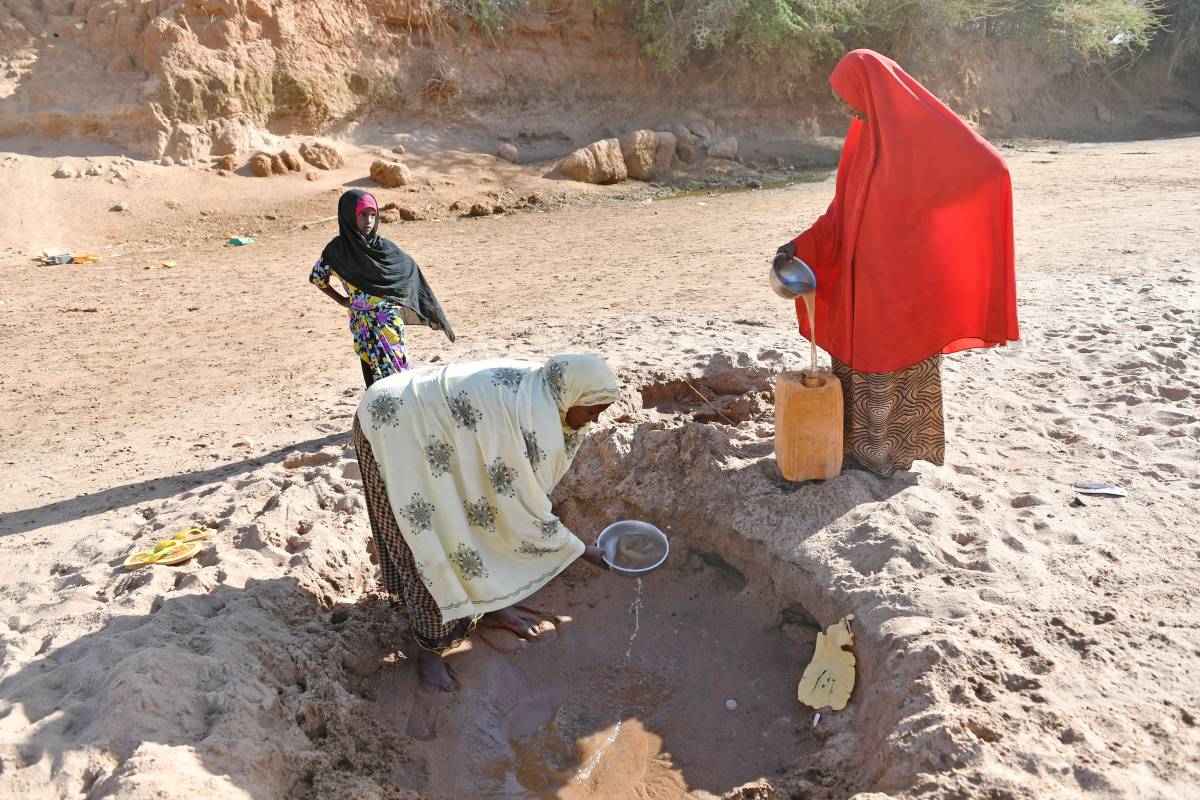UN officials say drought is ravaging livelihoods of Ethiopians. A Special report
The ongoing drought in parts of Ethiopia is increasingly deteriorating the living conditions and livelihoods of affected communities, the UN Office for the Coordination of Humanitarian Affairs (UNOCHA) said.
The ongoing drought in the Horn of Africa is affecting close to 7 million in Ethiopia and is increasingly deteriorating the living conditions and livelihoods of affected communities in Oromia, Somali, South Western Ethiopia, and Southern Nations, Nationalities and Peoples (SNNP) regions primarily, Xinhua news agency quoted the OCHA’s latest situation update as saying.
Some 3.5 million people are facing the consequences of the drought in Oromia region, while about 3 million people continue to suffer from the brunt of drought in the Somali region with over 900,000 reported livestock deaths, it said.
The OCHA said over 1 million people in 21 districts of East and West Hararge in Oromia region are living in dire condition where water tracking gap stands at 70 per cent, calling for an urgent need for additional 42 trucks in both zones.
The drought situation in the West Guji zone of Oromia region continues to have a severe impact and repercussions on the lives of affected communities, with over 27,000 children and 22,000 young women are facing serious protection concerns.
“An emergency response is ongoing and is further required for at least the next five months to save lives and livelihoods and prevent further deterioration of an already extremely dire humanitarian situation with increasing protection concerns for which additional funding is urgently required,” the OCHA said.
ALSO READ: Sudan rejects Ethiopia’s power generation from disputed dam
Meanwhile, the Agency said measles cases continue to be reported since December 2021 in Doloado and Bokolmayo districts in Ethiopia’s Somali region, with about 700 new cases and 12 deaths recorded as of March 3.
The measles outbreak affected 15 localities, including five refugee camps in the zone, it was noted.
It said that while the number of cases recorded has decreased since cases were diagnosed in December 2021, active cases remain.

Leave a Reply